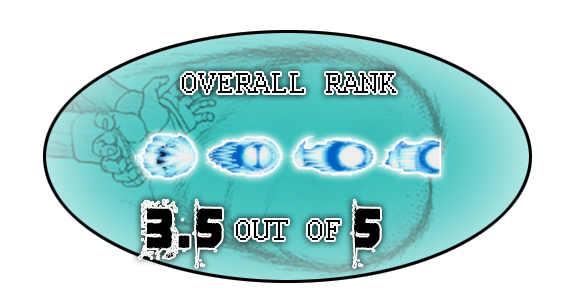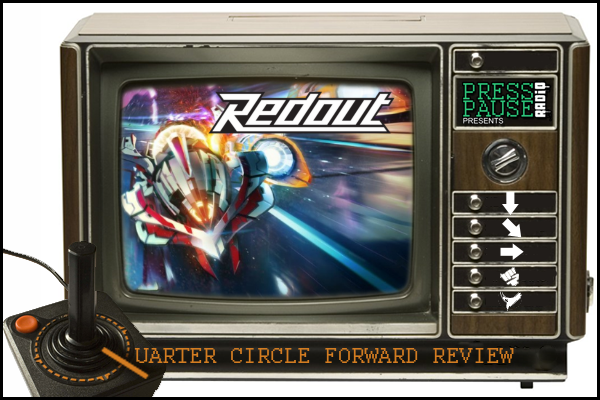
 he futuristic racer is a subgenre that has quite a few different series, each one featuring a signature spin or twist on the category in an attempt to separate them from the others. Wipeout is certainly the first series to come to mind, as does F-Zero and others such as Jet Moto and Extreme-G Racing. Of course, many others have joined the fray in recent years with one of the most recent, Redout, doing an admirable job of both providing an adequate racing experience as well as a decent host of features.
he futuristic racer is a subgenre that has quite a few different series, each one featuring a signature spin or twist on the category in an attempt to separate them from the others. Wipeout is certainly the first series to come to mind, as does F-Zero and others such as Jet Moto and Extreme-G Racing. Of course, many others have joined the fray in recent years with one of the most recent, Redout, doing an admirable job of both providing an adequate racing experience as well as a decent host of features.
The controls in Redout are both intuitive, and fairly innovative. For starters, while acceleration and braking are expectedly mapped to the shoulder triggers (ZL and ZL), Steering is split between the two control sticks as the left analog stick handles primary steering, while the right analog stick is responsible for pitch changes across the two axes. Using the right stick during a normal turn will strafe the player's ship in the chosen direction to execute tighter turns while pulling don or pushing up can adjust the ship's vertical pitch for sharp climbs and dips. Using these techniques is critical in getting the best times, and in the case of vertical orientation can prevent the ship from dragging on the course and taking undue damage. For a bit of extra speed, players can press the A button for a boost, which drains a gauge in the bottom right-hand corner of the screen. Meanwhile, the player's life gauge can be found in the bottom left-hand corner of the screen.
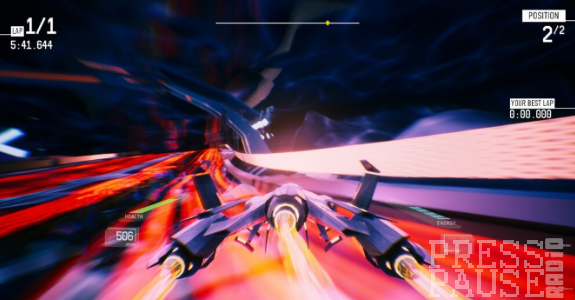
Like many other racers out there, Redout tasks the player with speeding through various courses as quickly as possible in a bid to make it through with as good a time or as high a position as can be mustered. The main meat and potatoes of the game lie within the sprawling Career Mode. Several race types exist, including time trials, pure racing, last-man-standing in which the last place race is eliminated mid-race, and even Arena race where payers need to avoid damage at all costs. Other race types and conditions will also become available as player progress through the game. This does a really good job of keeping things fresh in the long haul.
Completing any of these races with a bronze medal or above counts as completion, and the player will be awarded experience points and prize money. The amount awarded depends on the medal obtained; ostensibly getting a gold medal is better than getting a silver or bronze medal. The best payout for each will be displayed on the course selection screen before the race begins, which is handy for players looking to grind extra experience and money out of already completed courses.
Both the prize money and the experience points obtained serve to allow the player access to better ships and parts. Money is obviously required to buy new ships, but to get certain machines, a prerequisite level is also required; level six, for example, is required to purchase a class II ship, level 15 for class III and so forth. Better ships will be required for later races and challenges, so obtaining a better ship will be needed to see everything the game as to offer. By the same token though, it may not be possible to use certain ships for certain events; sing a class II ship for a class I race is not allowed.
Thankfully, players will have the ability to upgrade their ships extensively. Not only can any single ship be upgraded for better speed, durability, and handling, active and passive power-ups can also be purchased to assist in races and even upgraded through four levels each. These power-ups are not also not machine-specific, so they can be applied to any ship the player might be using.
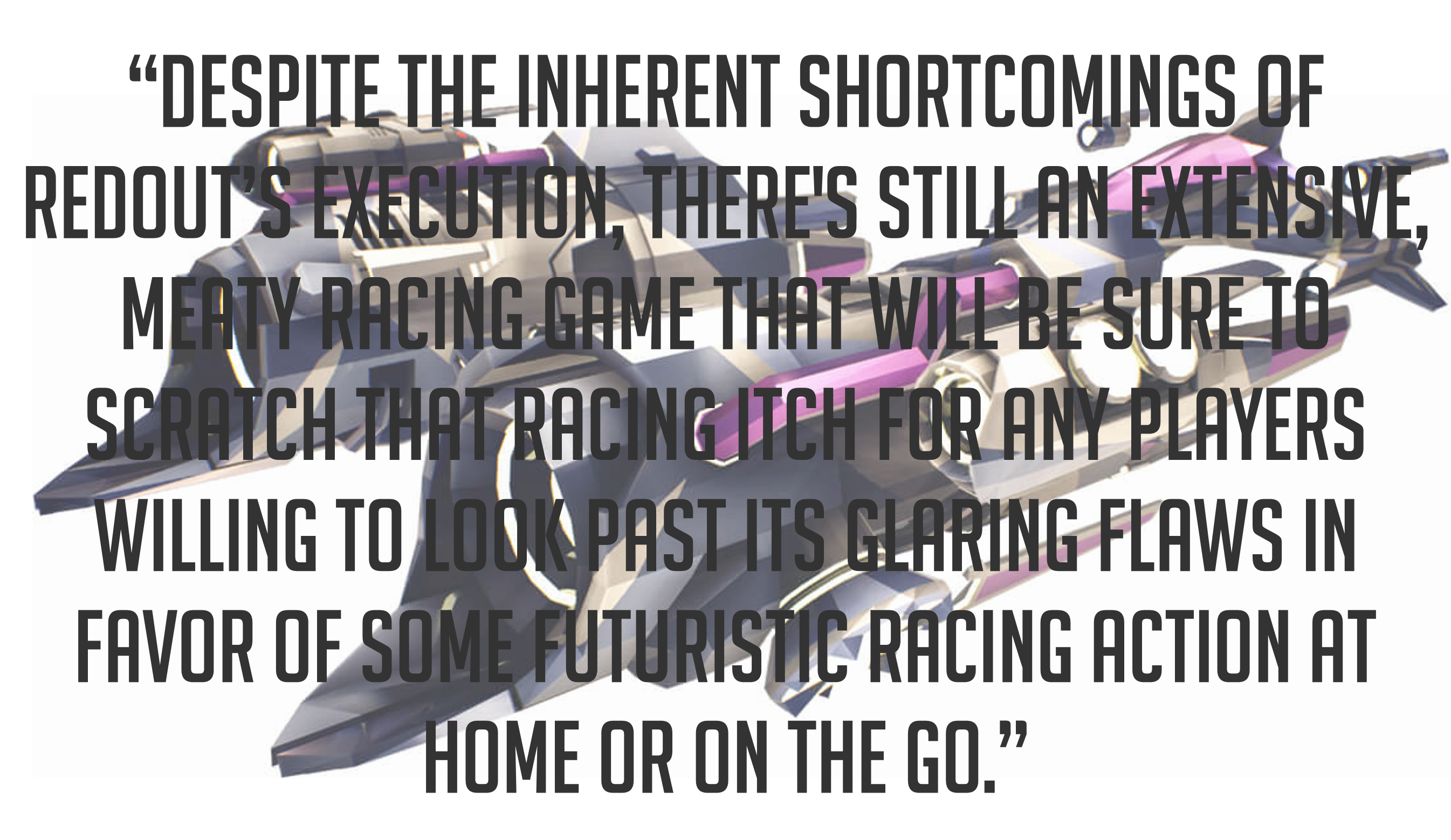
However, it doesn't end there. Every now and again, the player will be propositioned with a sponsorship contract that challenges the player to complete a specific task for extra cash and experience... and even new ships. Succeed and the spoils are yours—fail, and you get nothing. It's a pretty neat twist which is seldom if ever seen in other racing games of its kind.
While all of this is pretty sound in theory—players will definitely have their work cut out for them if they want to get a gold medal for every track and event as the reality of the game itself (at least as far as the Nintendo Switch version is concerned) is a little rough around the edges.
First off, the game is locked-in at 720p, which looks OK in handheld mode (of course) but doesn’t translate especially well to a TV through the Switch dock. The hit in resolution is an unfortunate requirement though, as this game was primarily made with the PlayStation 4 and Xbox One in mind. The second major concession to be made in this regard is the framerate. Redout runs at a fairly displeasing – though solid – 30 frame per second, which kind of belies Redout's tagline, “Race Faster than Ever.” It all feels pretty sluggish in the end and the drifty controls definitely make for a racing experience that can border on the frustrating until players acclimate to its quirks.
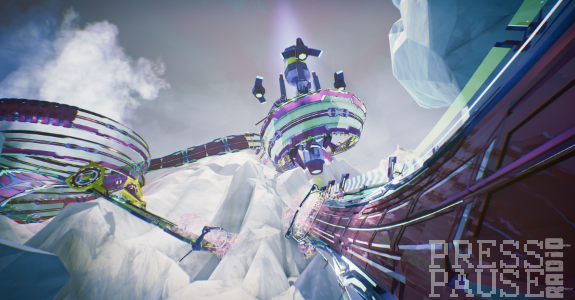
Outside of the extensive Career Mode are a pair of extra game scenarios: Quick race which allows players to practice against AI opponents, and the Online mode for players looking to take on the world. These two simple but critical modes make for a game that can be played well beyond the Career mode when all options are exhausted and all courses are bathed in gold. However, the Switch version is missing a local multiplayer mode.
Despite the inherent shortcomings of Redout’s execution, there's still an extensive, meaty racing game that will be sure to scratch that racing itch for any players willing to look past its glaring flaws in favor of some futuristic racing action at home or on the go.
